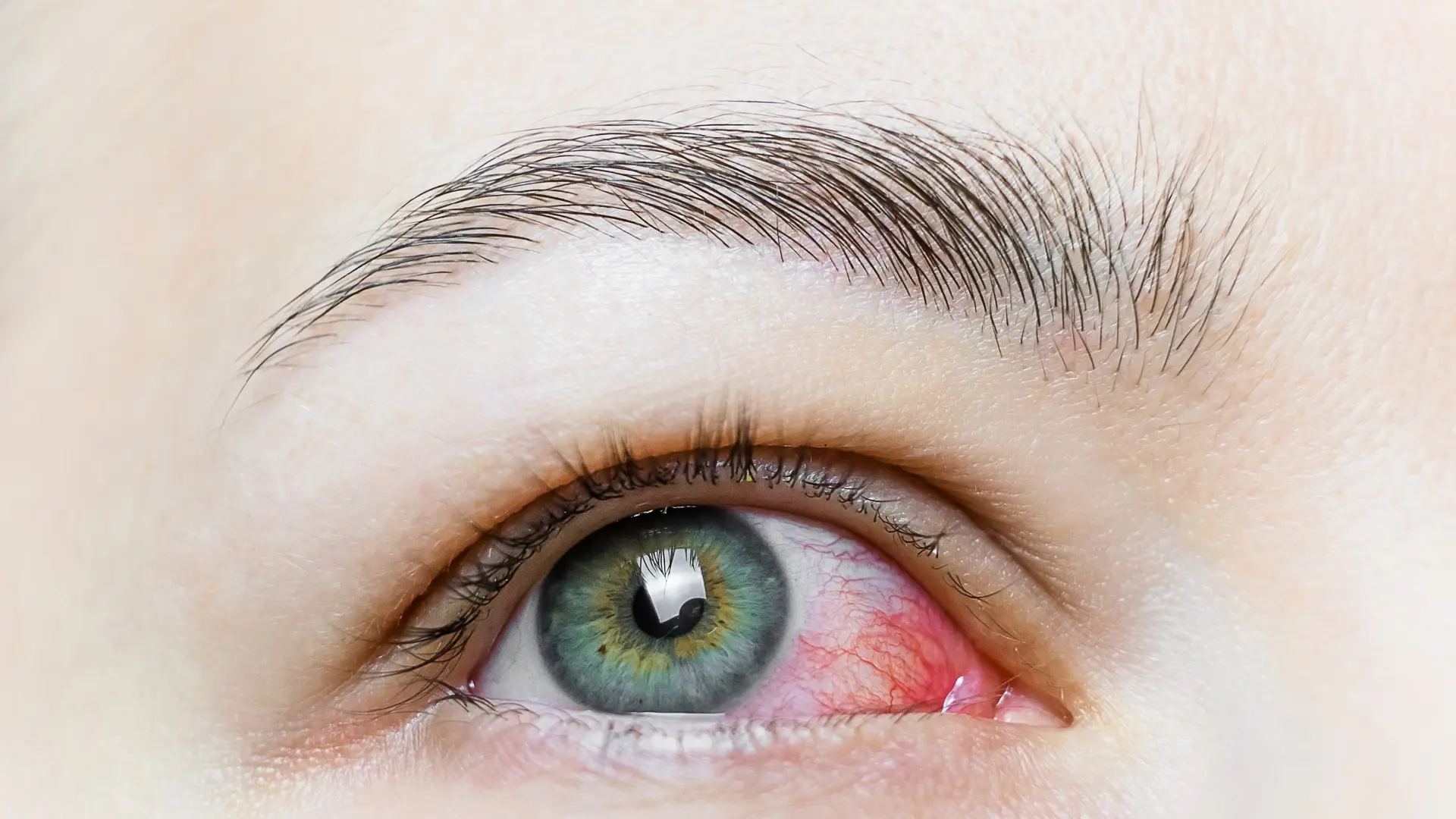Individuals who feel self-conscious about their forehead size may be interested in exploring options for reduction. Hair transplants, traditionally associated with addressing hair loss, have also emerged as a solution to minimize the forehead size.
The procedure involves relocating hair follicles from one area of the scalp to another, allowing for the creation of a new, lower hairline that effectively reduces the appearance of a large forehead.
Click to learn more about the process of hair transplant! 👀
🌟 Understanding Forehead Reduction Options
When considering minimizing your forehead length, it is essential to be aware of the various approaches available. Each method has its own set of advantages and considerations:
1. 💇♀️ Hair Transplant for Forehead Reduction
This technique involves relocating hair follicles to create a new, lower hairline. It is a minimally invasive procedure that can offer natural-looking results.
The process, known as hair grafting for forehead reduction, uses your own hair to achieve a seamless blend with your existing hairline. This option is particularly suitable for those who desire a subtle change and have adequate donor hair available.
Do you know the average cost of a female hair transplant? Click here!
2. 🏥 Forehead Reduction Surgery
Also known as scalp advancement, this is a more surgically-invasive treatment.
It involves making an incision along the hairline, lifting the scalp, and moving it forward to reduce the forehead size.
This method, particularly the most requested surgery from Dr. Cengizhan, can provide significant results, and it hides scarring within the new hairline.
Find out the recovery timeline of forehead reduction by clicking here!
3. 🌱 Forehead Reduction without Surgery
For those seeking non-invasive options, several techniques can create the illusion of a smaller forehead:
- Strategic hairstyling: Bangs or face-framing layers can visually reduce forehead size.
- Makeup techniques: Contouring and highlighting the right facial features can alter the perceived proportions of the face.
❗ While these methods can pose as temporary solutions, it is best to note that they do not physically alter the forehead size.
When evaluating these options, it is crucial to consider factors such as desired outcome, recovery time, permanence of results, and potential risks. Consulting with a qualified surgeon can help determine the most suitable approach based on individual facial structure, hair type, and aesthetic goals.
Get free consultation from Dr. Cengizhan right now!
💆♀️ The Hair Transplant Process for Forehead Reduction
The process of hair grafting for forehead reduction involves several steps:
- Consultation: The surgeon assesses the patient’s hairline and discusses their goals. This step is where the surgeon determines the patient’s suitability for the procedure.
- Planning: A new hairline is meticulously designed to appear natural and harmonious with the patient’s facial features. The required number of grafts is calculated.
- The Procedure: Hair follicles are extracted from the donor area, typically the back of the head. These follicles are then carefully implanted along the newly designed hairline.
- Recovery & Results: Initial healing occurs within approximately one week. Full results typically become visible after 8-14 months as the transplanted hair grows.
🏆 Benefits of Choosing Hair Transplant
Opting for a hair transplant for forehead reduction offers several advantages:
- Minimal scarring due to micro incisions using a punch tool
- Performed with local anesthesia
- Best for overall hair restoration too, if needed
Modern techniques like FUE and DHI have made the procedure less invasive, with shorter recovery times than in the past!
Want to see the full comparison between hair transplant and forehead reduction? Click to discover!
🔍 Selecting the Appropriate Surgeon and Clinic
When considering a hair transplant for forehead reduction, choosing the right surgeon and clinic is paramount. Factors to consider include:
- Experience and specialization in hairline lowering procedures
- Before and after photographs of previous patients
- Patient reviews and testimonials
- Certifications
- Consultation process and personalized treatment plans
- Technology and techniques employed
It is also worthwhile to explore various options, including international ones. For instance, one might inquire, “Why is forehead reduction in Turkey gaining popularity?” Many clinics there offer competitive pricing, experienced surgeons, and comprehensive packages. However, whether one chooses a local or international option, it is crucial to prioritize the surgeon’s expertise and the clinic’s reputation over cost considerations.
See here the possibilities of hair transplant failure explained in detail!
❓ FAQ
- Can I lower my hairline with a hair transplant?
Indeed, hair transplants can effectively lower the hairline, reducing the appearance of a large forehead. The key is collaboration with a skilled surgeon who can design a natural-looking new hairline.
- What is the most advanced hair transplant technique?
Currently, the FUE (Follicular Unit Extraction) method, particularly when combined with technologies such as DHI (Choi Pen method), is considered the most advanced. It allows for precise, individual follicle extraction and implantation with a minimally-invasive approach!
- How many grafts do I need to lower my hairline?
The number of grafts required varies depending on the current hairline and desired results. On average, it can range from 1000 to 2000 grafts. The surgeon will determine the exact number during the consultation.
- Which leaves more scarring: hair transplant or forehead reduction?
Both methods leave only unnoticeable scars. Here’s how:
- Forehead reduction surgery covers the incision within the new hairline,
- Hair transplantation uses tiny incisions that are hidden as the new hair growth occurs likewise with the surgery method.
- What is the success rate of female hair transplant?
When performed by experienced surgeons, hair transplants have a high success rate, typically over 90%. However, it is important to maintain realistic expectations and adhere to all post-operative care instructions for optimal results.




